This morning you will head to Foshan City (35km, 1h), the hometown of Bruce Lee and a popular tourist destination for Wing Chun style of Kung Fu. As the hometown of pottery, Cantonese opera, martial arts, and lion dancing arts (陶艺之乡、粤剧之乡、武术之乡、狮艺之乡), Foshan is also an ideal place to explore more about Lingnan culture (岭南文化). With a visit to Ancient Nanfeng Kiln, Foshan Ancestral Temple, Lingnan Tiandi, and Liang Garden, you will fall in love with Lingnan Architecture, the traditional world of Chinese ceramics (pottery making), Yue Opera (Cantonese opera粤剧), lion dancing performance (醒狮表演), Wing Chun Kung Fu (Huangfeihong/Yip Man/Bruce Lee咏春拳), Lingnan garden.
After breakfast, head to Nanfeng Ancient Kiln (南风古灶) in Shiwan Town, an important pottery base in Ling Nan. The tall chimney is a landmark here. Foshan is known as the “Pottery Capital of the South” (南国陶都) and Shiwan ceramics (石湾陶瓷) are the shining gem in the crown of Foshan ceramics. The Nanfeng Ancient Kiln, known as the “Living Fossil of Ceramics“(陶瓷活化石), stands as the best witness to the long-standing ceramic culture in Shiwan Town (石湾镇). During the Qing Dynasty, the heyday of Shiwan ceramics, there were a total of 107 dragon kilns (Long Kiln龙窑), of which only three remain today. Built between 1506 and 1521, Nanfeng Ancient Kiln is the oldest and only wood-fired ancient dragon kiln still in operation. It has been continuously producing ceramics for over 500 years and is listed in the Guinness World Records. You will see the dragon kilns built on the slopes, like dragons descending from the sky, which is why the locals call them “dragon kilns“. And, you can not only climb the stairs and enter the kiln but also learn about the ceramic-making process. The ceramics produced by the folk kilns in Shiwan Town, represented by Nanfeng Ancient Kiln, cover a wide range of categories, which were popular throughout the Pearl River Delta region and around Asia. At that time, various household utensils such as basins, sugar jars, and ridge ornaments for roofs (such as those seen in the Chen Clan Ancestral Hall) were in high demand, as well as flower pots, glazed tiles, and ridge tile (flower ridges瓦脊/花脊) for garden ceramics. They were all popular and had excellent export volumes, second only to Jingdezhen (景德镇) in Jiangxi Province. Surprisingly, there is a 400-year-old banyan tree standing at the end of the Nanfeng kiln, unaffected by the kiln’s temperatures exceeding 1,000 degrees Celsius.
In addition to visiting the dragon kilns, you can visit the Guangdong Shiwan Ceramic Museum (free admission; closed on Mondays) or stroll along the adjacent ancient streets and alleys, experiencing the red walls, green tiles, and stone-paved roads. This place is perfect for photography and engaging in ceramic art experiences. You can also explore Gongzai Street (named after Shiwan Art Pottery石湾公仔) and find some Shiwan ceramic trinkets (ceramic fridge magnets) to take home.
Optional Activities:
You can enjoy your Foshan cultural experience with intangible heritage by pottery art making (0.5 hours), or paper cutting (1 hour) during your visit to Ancient Nanfeng Kiln.
In the afternoon, move to Foshan Ancestors’ Temple, the must-visit place in Foshan. The Ancestors’ Temple (Zumiao Temple 祖庙) was built in the Northern Song Dynasty (960 – 1127) for people to worship the North Emperor – the God of Taoist culture. Also, people of Chinese origin (ethnic Chinese) from all over the world will visit here to follow their ancestors’ steps to find their roots. Foshan is famous for the origin of Kung Fu masters, such as Wong Fei Hung (黄飞鸿1856-1925), Yip Man (叶问1899-1972 the first person in the world to be included in the World Record Association for Wing Chun Kung Fu), and Bruce Lee (Li Xiaolong李小龙1940-1973) while is the birthplace of Chinese Kung Fu (Chinese Martial Arts), lion dance, pottery, and Cantonese opera, and the Foshan Ancestors’ Temple is the best places to include them all in one place. Today, famed as the “Palace of Oriental Folk Art“, this Taoist temple is more like a museum of architecture and folk culture which is a combination of Zumiao Temple, Confucius Temple, Calligraphy Corridor, Exhibition Hall, and Gardens. You can not only appreciate its brilliant ridge tiles (use the Shiwan ceramics made in Nanfeng Ancient Kiln) of Lingnan architecture but also see the exhibition halls of two masters of Chinese Kung Fu, Huang Feihong (黄飞鸿the unrivaled master of martial arts, medicine, and lion dancing) and Yip Man (叶问Bruce Lee’s Master), to feel the profound culture of martial arts there. By the way, in some famous movies, Kungfu stars like Jackie Chan (成龙) and Jet Li (李连杰) have both portrayed Wong Fei Hung (Huangfeihong) since 1949, while Donnie Yen (甄子丹) and Tony Leung Chiu Wai (梁朝伟) have both portrayed Yip Man (a master of Wing Chun Martial Art). You can also join many folk activities, such as Lion Dance, and Yue Opera. If coming at the right time, you can even enjoy the Chinese Kung Fu show and the New Year’s Blessing Ceremony in the temple.
Tips for the Activities inside Foshan Ancestral Temple:
1. Lion Dance Performance (Free admission at Wong Fei Hung Memorial Hall黄飞鸿纪念馆外) : The performance is held from 10:00 to 10:40, 14:15 to 14:55, and 15:30 to 16:10 every day, except on rainy days.
2. Cantonese Opera (Free admission at Wanfutai Stage万福台): Yue Opera is performed from 13:30 to 15:30 on weekends and on the first and fifteenth days of the Chinese lunar calendar.
The Lion Dance Performance is a highlight of the Ancestral Temple as it is a combination of Chinese Martial Arts, dancing, and drum music. It is a 40-minute performance outside Wong Fei Hung Memorial Hall by professional masters and apprentices from Foshan martial arts schools. You will have a better understanding of the martial arts that have influenced the world greatly and so many Chinese are proud of. As an outstanding representative of Lingnan folk culture listed in China’s intangible heritage, the Lion dance is also known as Guangdong People’s extreme sport. The lion’s head weighs up to 7 kilograms. If the performer lacks sufficient arm strength, they would be unable to operate the mechanism to make the lion blink its eyes and move its ears. Lions are considered auspicious creatures for warding off evil and bringing good fortune. During festivals or major events, lion dances are a must in Foshan, and this tradition has been passed down through generations. There are three traditional colors for the lion in a lion dance: yellow, red, and black. They respectively represent Liu Bei, Guan Yu, and Zhang Fei, historical figures from the Three Kingdoms period in Cantonese opera. The black lion, representing Zhang Fei, signifies dominance and valor and often appears as a competitive lion in martial arts competitions. The most common lions seen in celebrations are red and yellow. Typically, it takes over 1,300 steps and at least a week to complete the production of a lion head. It takes three years to become an outstanding lion dance team member.
Note: If you are interested in a Chinese Kung Fu Lesson, please contact us in advance to arrange it for you, as there are many martial arts schools (Wing Chun Kung Fu Schools) in Foshan.
The Cantonese Opera Performance is another highlight of the Ancestral Temple as it is an important Lingnan culture that even affects Lingnan Architecture. Originating in Foshan, Cantonese opera is listed in the Representative List of the Intangible Cultural Heritage of Humanity by UNESCO. You can watch the opera in Wanfutai Ancient Stage on festive occasions. With a history of more than 300 years (since 1685), the stage not only witnessed the long history of Cantonese opera but also reminded us why there are Cantonese opera scenes in Lingnan Architecture. You may notice the photo in your ticket of the Ancestors’ Temple and remember the architectural ridge tile on the three gates (三门) which is decorated with Shiwan ceramics of characters and immortals, birds, beasts, insects, fish, miniature bonsai, vegetables, fruits, and utensils… Built in 1450, it is a magnificent 31.7-meter-long and 1.78-meter-high ridge featuring 152 pottery figures, making it the longest surviving ridge tile in China. It is renowned as the “King of the Ridge Tile“. The pottery figures are slightly tilted forward to facilitate viewing from below. You can even discover scenes from traditional Cantonese opera performances, such as the Cowherd and Weaver Girl (牛郎织女), Nezha’s Battle in the Seas (哪吒闹海), and Mu Guiying Taking Command (穆桂英挂帅). These architectural ridge tiles represent a unique form of decorative art in Lingnan architecture during the Ming and Qing dynasties and are closely related to the popular Cantonese opera art of that time. Incorporating excerpts from Cantonese opera onto the ridge decorations reflects the passion of the people of Shiwan Town for Cantonese opera and represents a significant artistic innovation by the pottery sculptors of Shiwan.
Note: If you are interested in Cantonese Opera and would like to visit Guangdong Cantonese Opera Museum (Free admission, Closed on Mondays; 9:00-16:30兆祥公园内), please contact us in advance to arrange it for you if time permits.
Then, take a leisurely stroll to the nearby Lingnan Tiandi (岭南天地), which was once a prosperous area in Foshan and where each building serves as a witness to the city’s history. Lingnan Tiandi boasts 22 cultural relic protection sites, 128 historical buildings, and 8 historical lanes and streets. As you explore, you’ll be enchanted by the Lingnan-style architecture, including arcades, green brick houses, and stone roads. Today, Lingnan Tiandi has transformed into a thriving local street that harmoniously blends traditional Lingnan architecture with contemporary amenities. It offers a vibrant atmosphere with a variety of shops, cafes, dessert huts, restaurants, and entertainment options.
At last, pay a visit to Liang Garden (梁园), a representative masterpiece of Lingnan Gardens, which is the collective term for the private gardens of the Liang family in Foshan. Liang Garden, together with Yuyin Hill House in Panyu of Guangzhou, Qinghui Garden in Shunde of Foshan, and Ke Garden in Guancheng of Dongguan, is recognized as the “Four Famous Gardens of Lingnan“. The entire garden was gradually constructed between 1796 and 1850 by four renowned local literati: Liang Airu, Liang Jiuhua, Liang Jiuzhang, and Liang Jiutu. Liang Garden is small in size but with halls, pavilions, ponds, and bridges cleverly seated inside which harmoniously combines residences, ancestral halls, and gardens. Its distinctive feature lies in the use of diverse stone elements as the primary landscaping technique, creating a meticulously designed layout. The interior of the garden showcases exquisite Lingnan-style furniture and Manchu windows, adding to its unique charm. When visiting Liang Garden, you may come across locals taking wedding photos here. Not only is the scenery beautiful, but the name “Liang Garden” sounds similar to “good marriage” (良缘) in Chinese, symbolizing an auspicious beginning for couples. Enjoy your leisurely walk in Liangyuan Garden in the tranquility of nature.
Then, it is time to end your 2-day Guangzhou Foshan tour. Your guide will escort you to the airport/train station for your flight or high speed train to your next destination.
Thank you for choosing Majestic China Trips for your China tour, we are always here working for you and hope to see you again for your next trip around China/Asia.
 Dining: Breakfast, Lunch
Dining: Breakfast, Lunch
 Accommodation:/
Accommodation:/
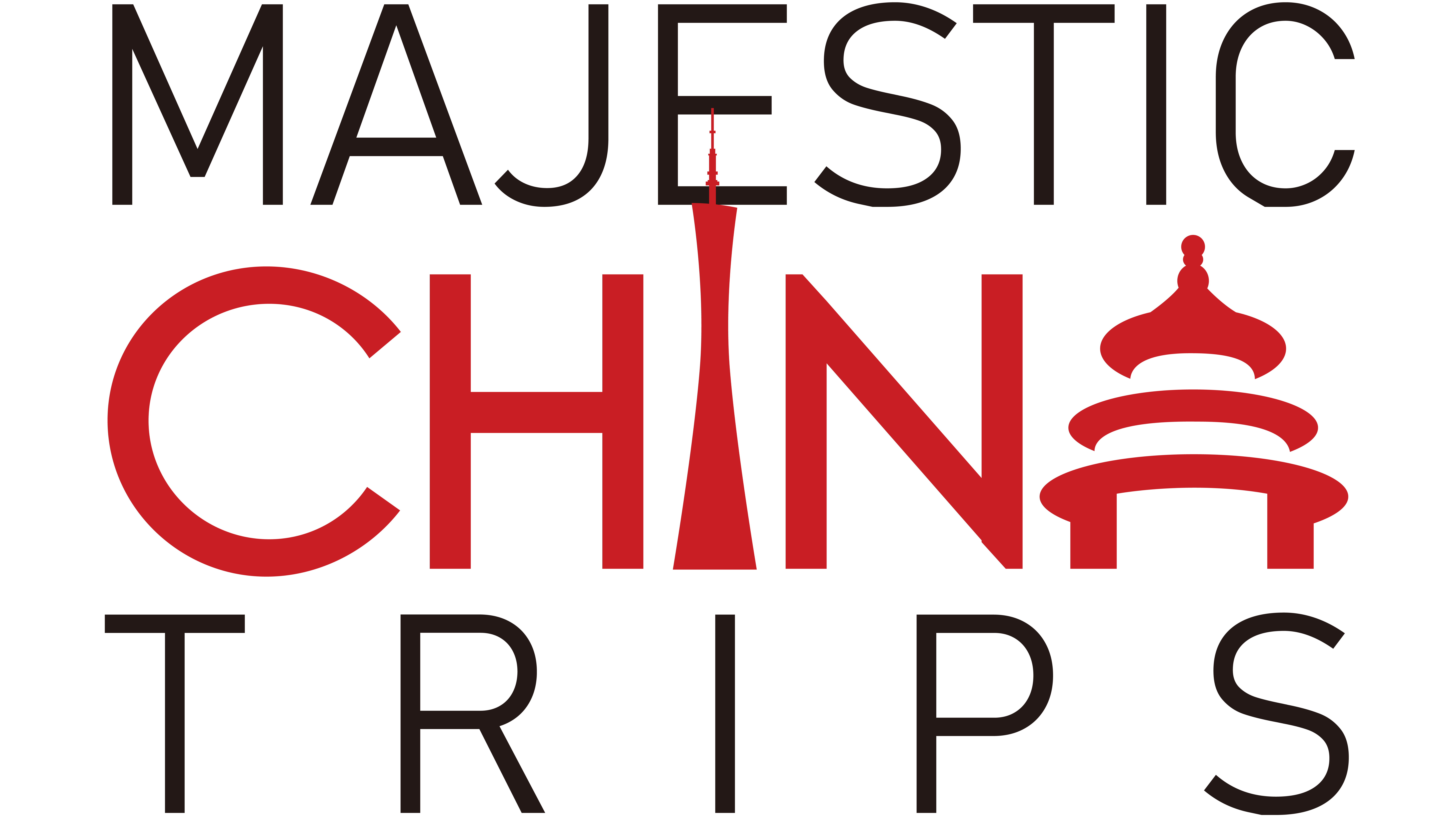



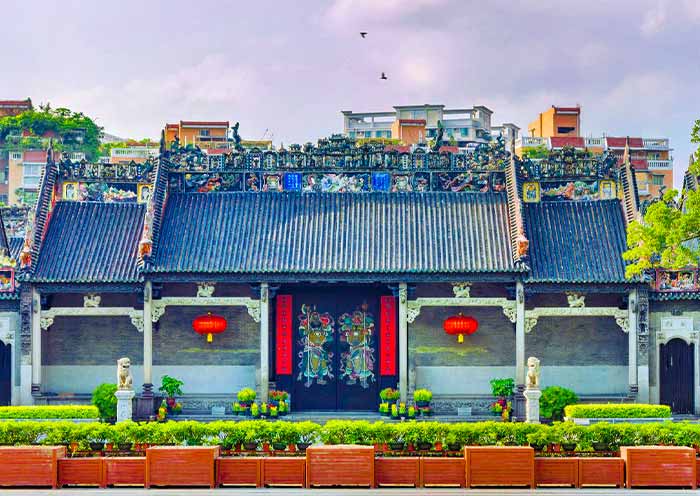
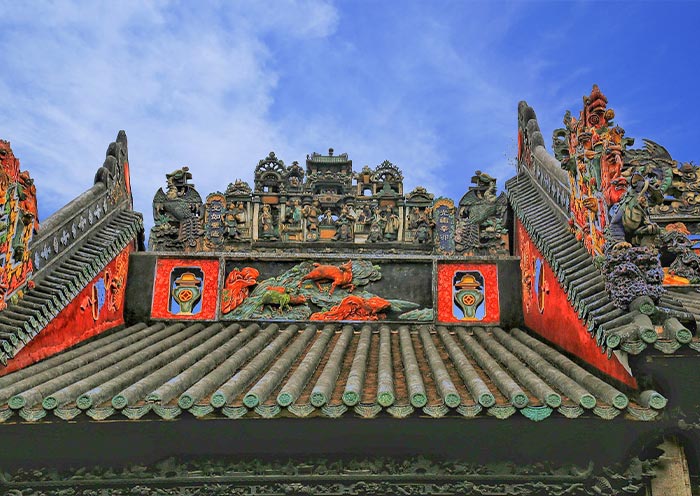
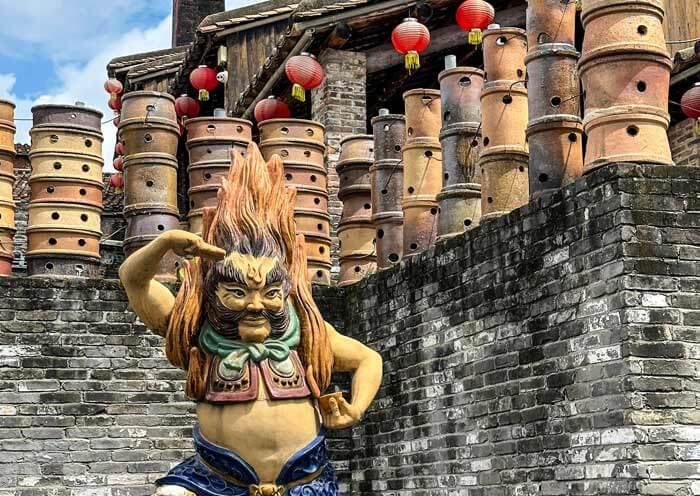
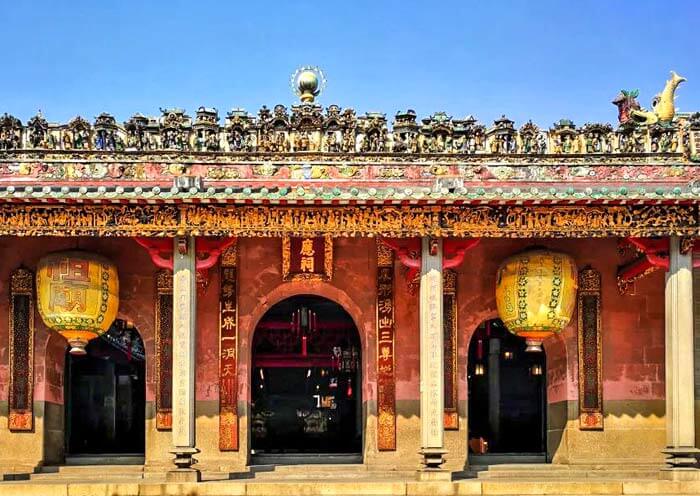
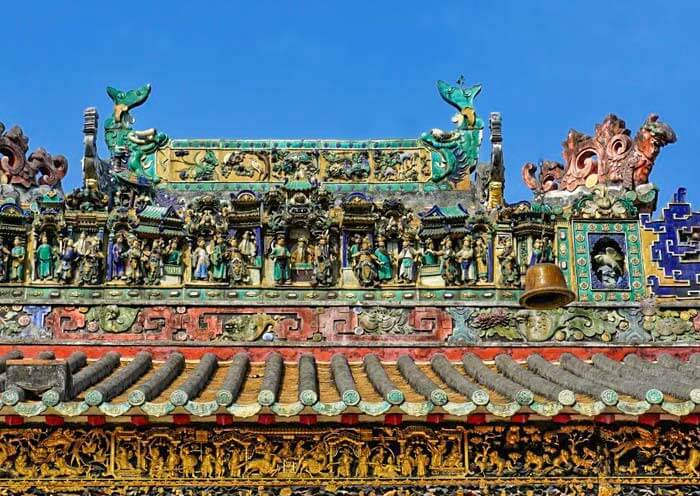
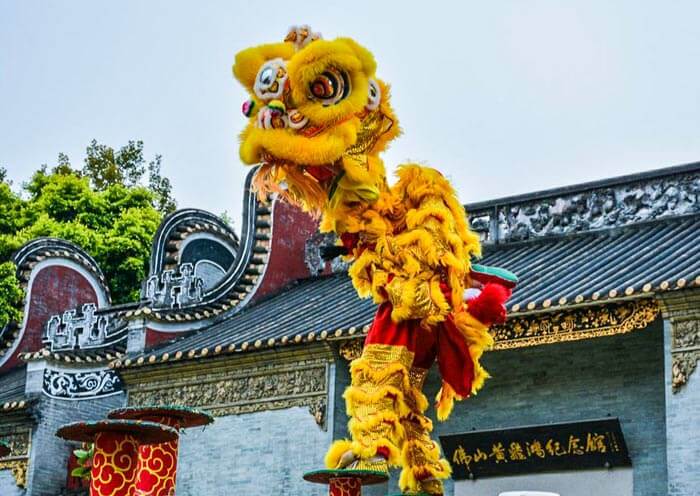
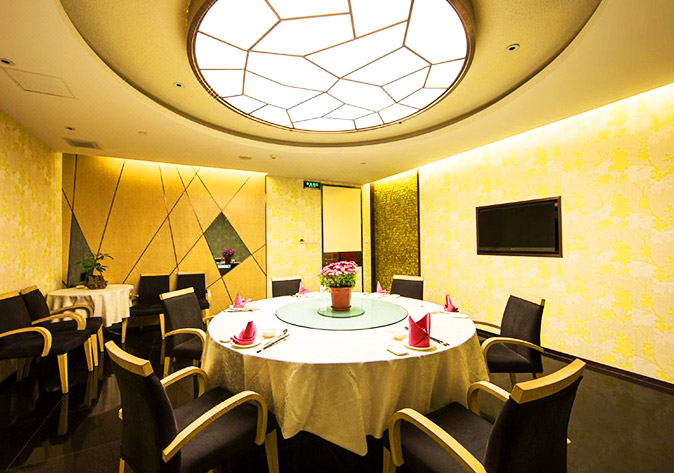
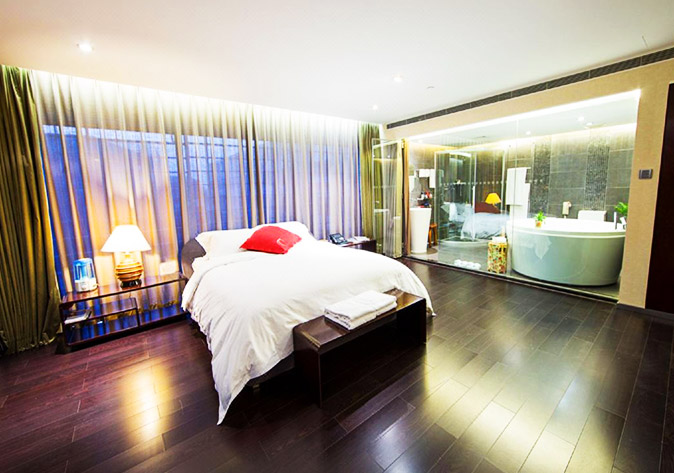
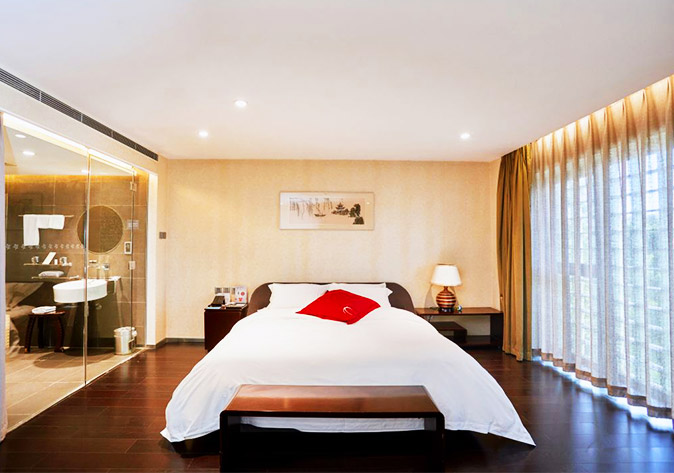































Write a Review